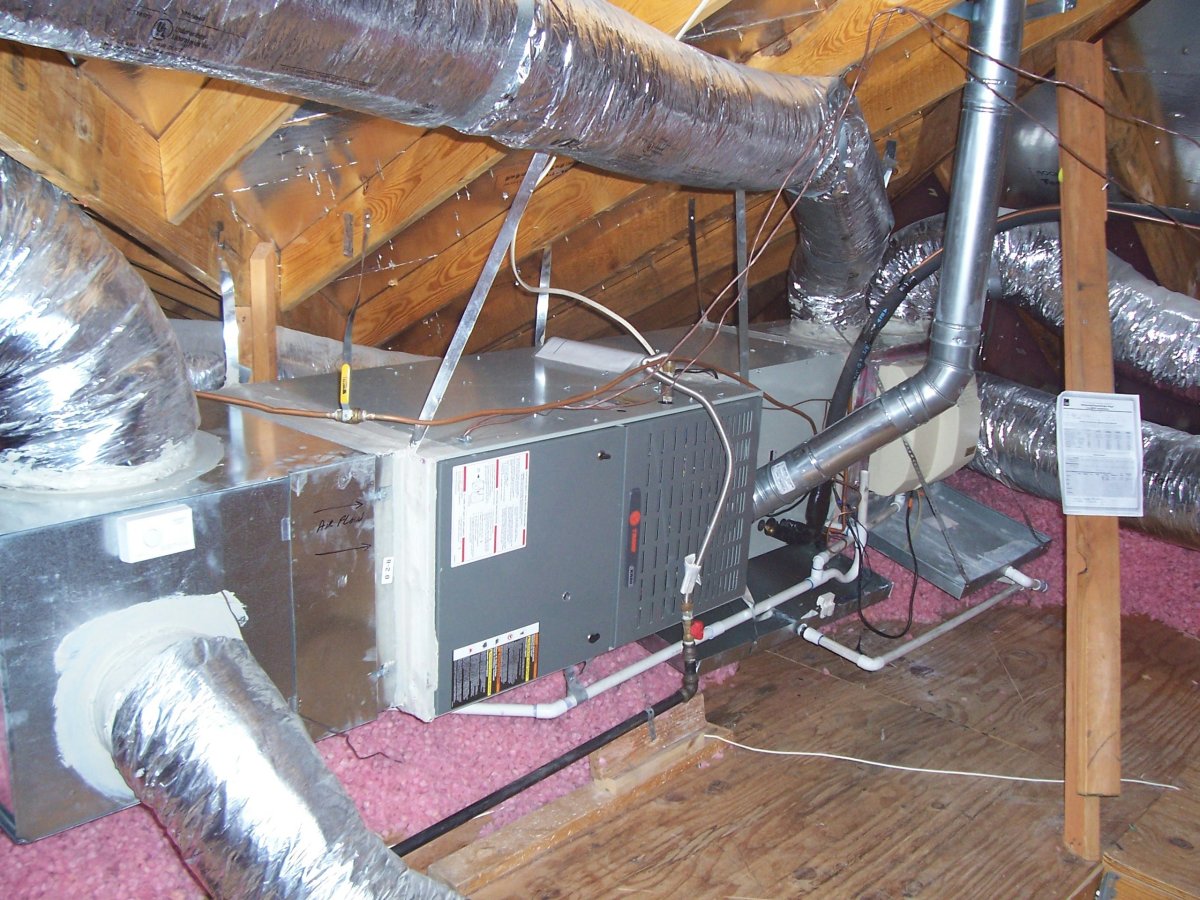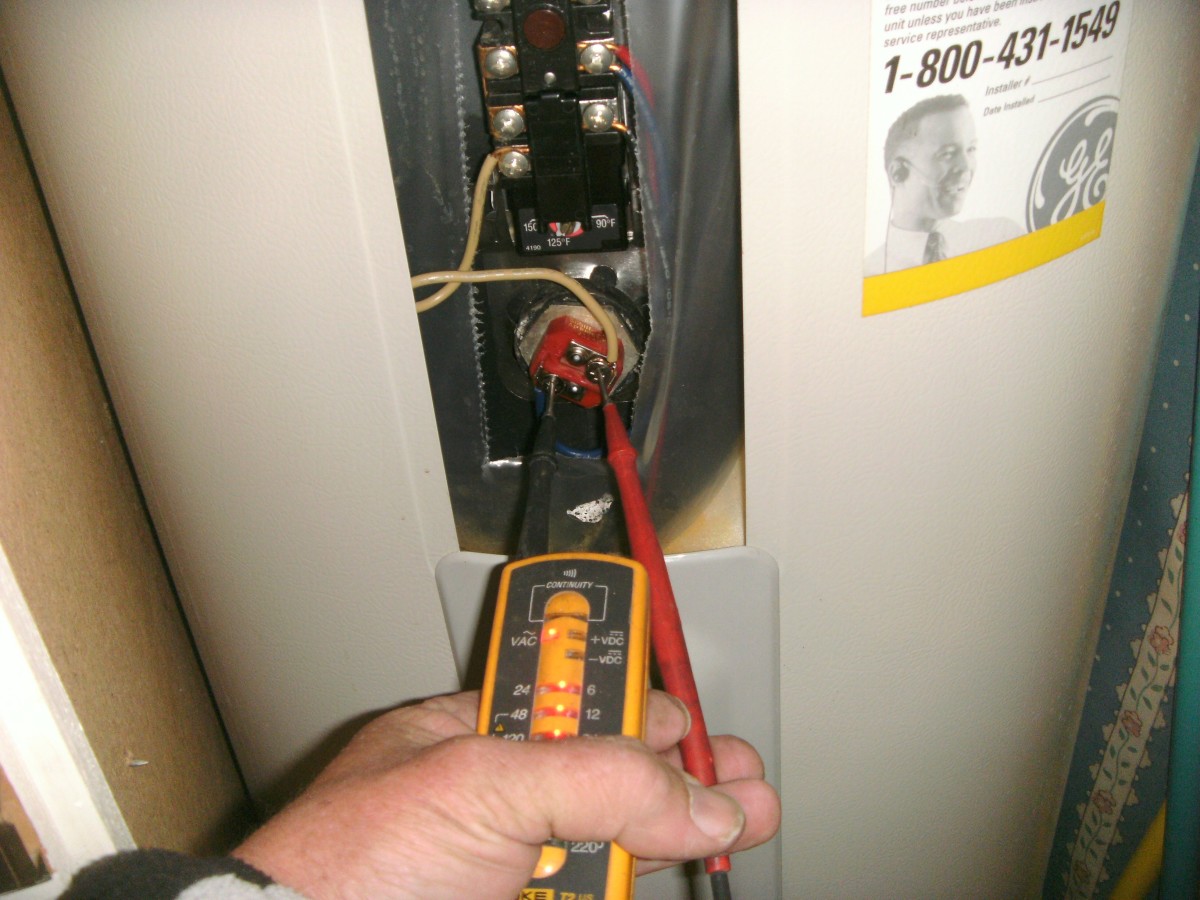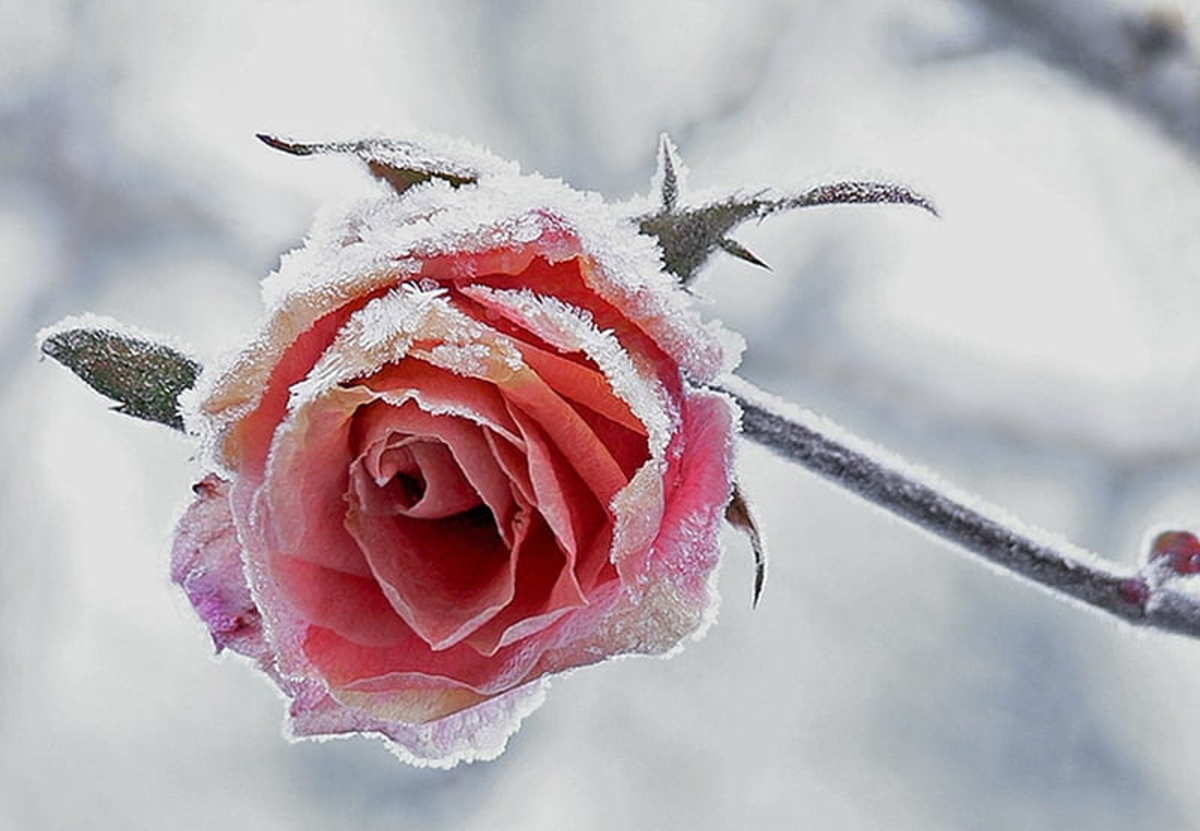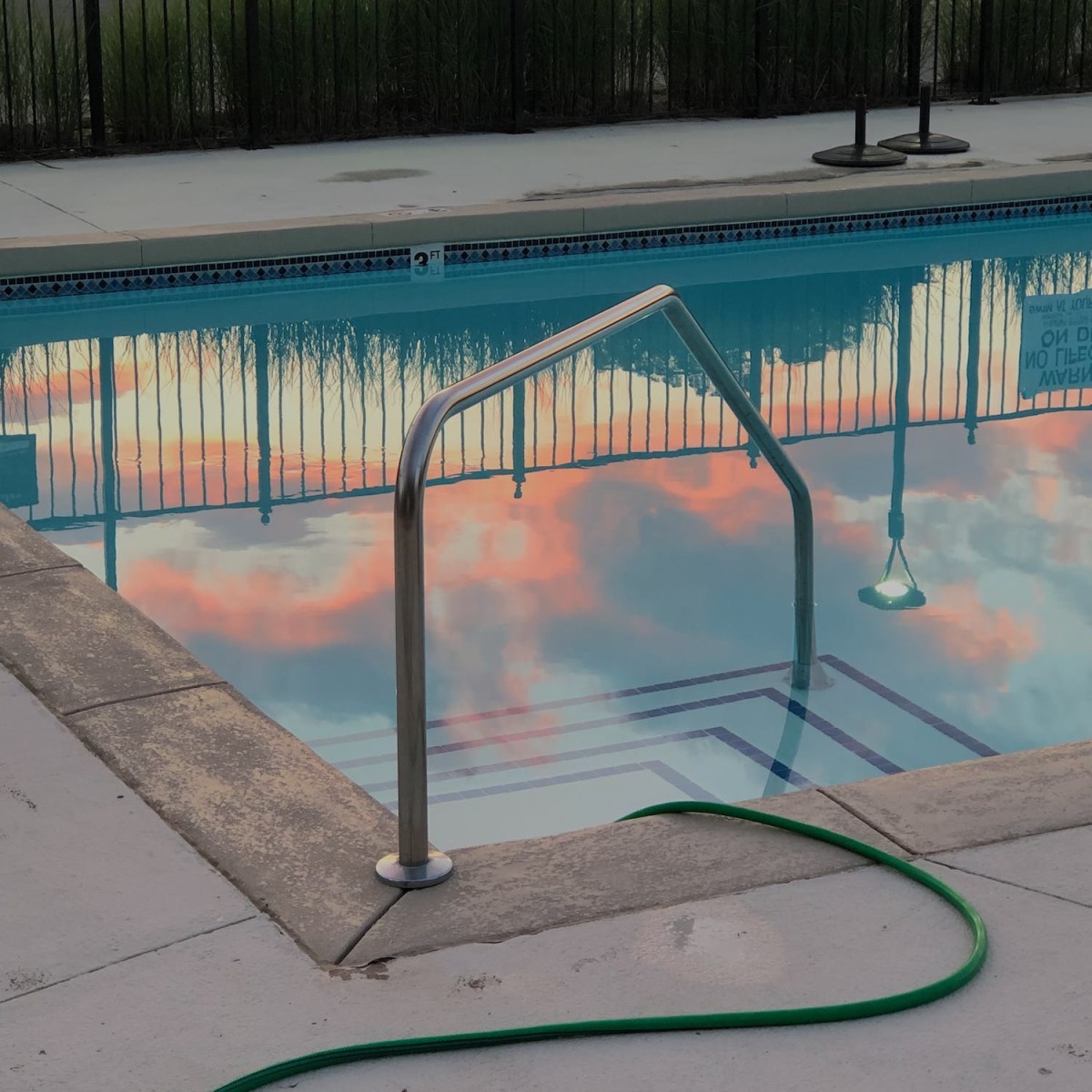Helpful Tips for Successfully Winterizing Your Home
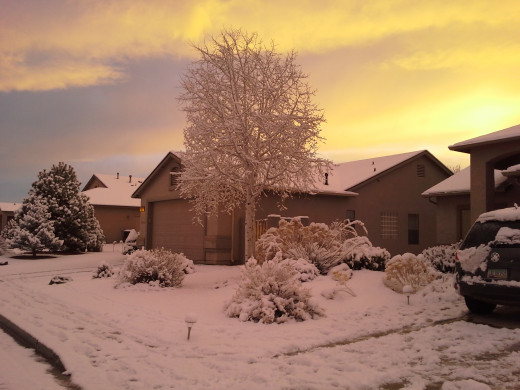
Fall is in full swing and winter is on the way. With fall comes decorating your home, cleaning your home, likely preparing for families to arrive or preparing for travel.
Many people are celebrating big holidays during the fall, like Halloween and Thanksgiving specifically in the United States, and Independence Day, Dia de la Raza, Bullfighting Season, Guy Fawkes’ Day, Boxing Day, Rosh Hashanah, and Christmas all over the world, among many others.
Fall is a time for celebrating, for rolling your windows down and letting the air pour into your car, for enjoying the changing scenery, and preparing for the end of one year and the beginning of a new one.
While gloriously cooler temperatures, spectacular foliage (depending on where you live), and the change in the weather are most always welcomed, the impending colder temperatures mean that you have a few important things to do around the house.
This is especially important for homes in those areas where it will get below freezing and where it will snow.
No worries! You can complete the tasks in a single weekend, especially with some help, and with the fantastic fall weather, it will be almost a pleasure to do! This article was written to provide you some basic ways to make sure your home will stay warm and toasty despite anything the winter weather may bring.
Even if you just do a few of these things, you and your home will be better prepared for the colder temperatures that are coming.
Quick Poll
Do you own or rent your home?
Consider Your Heating System
The very first thing you should do is to check your heating system just as the weather starts to cool off, but before it gets cold. You will definitely want to make sure it’s going to operate well before you really need it.
Check Your System Early
Turn the thermostat up to a number higher than the temperature in the room to determine if the unit is going to come on. If it does, you want to make sure there are no strange sounds and that warm air comes out of the vents.
If the unit doesn’t come on, or if you detect a problem, you’ll want to contact a qualified service technician and ask for seasonal maintenance. Of course if you or someone you know is qualified, and has knowledge of how to check it out and make repairs yourself, you can do that also.
Another reason to do this earlier than you may need your heat is because a lot of other homeowners will be doing the same thing and flooding your local service companies with requests. In the meantime, there are some things that most everyone can do him or herself. These include
- changing the filter in your heating system
- making sure your fuel storage tank is topped off if you have a propane or oil furnace
- check for carbon monoxide leaks when you’re testing the furnace if it is powered by gas, propane or oil
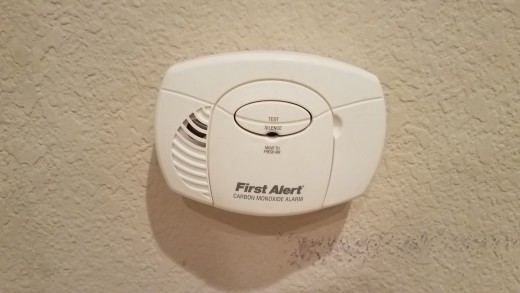
Protecting Yourself from Carbon Monoxide
Known as the silent killer, carbon monoxide is a dangerous gas that is odorless and colorless. A badge or an alarm that you can purchase at hardware stores or home improvement stores can detect carbon monoxide in your home.
Furnishing your home with a carbon monoxide detector should be a priority. Centers for Disease Control and Prevention (CDC) statistics show that nearly 400 Americans die from unintentional carbon monoxide poisoning each year (Health.mo.gov).
Checking For Leaks or Blocks
Make sure your furniture, draperies or other items do not obstruct your heating vents. It does no good to have a properly operating heat system if your vents don’t allow for warm air to circulate well.
Finally, check for any air leaks or drafts around your home. Use rope caulk to insulate around doors and windows if you can feel a draft there, install a foam sealer to fill in cracks around doors when closed, or make or purchase a draft snake for under doors and windows. This alone will make a big difference.
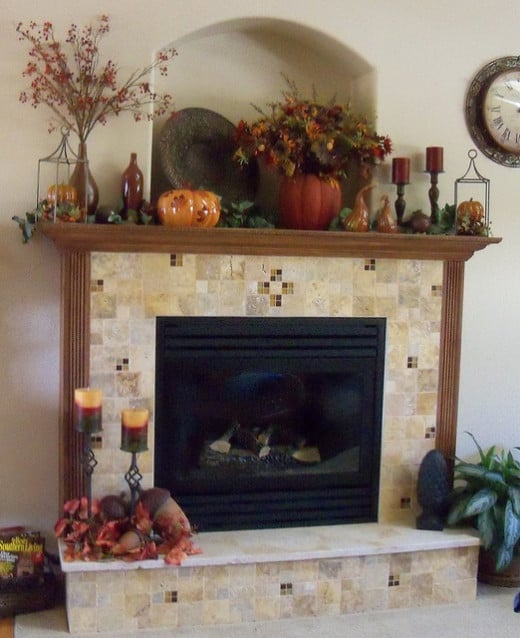
Check Your Fireplace Chimney
Not many homes have fireplaces anymore, especially if you live in warmer climates where fireplaces are not necessary. However, if you do have one, this is an important step that will likely have drastic consequences if not done.
Chimneys and fireplaces are great places for nests from birds, squirrels, or other animals. Your chimney is a nice warm, safe place for animals of many varieties to create their nests and raise their babies away from the weather and possible predators.
If you do not check this small detail before getting your fireplace up and running for the winter, you could possibly be lighting up small animals and providing damaging images for yourself and your family to start off the season. But animals aren’t the only concern.
How to Clean and Prepare Your Fireplace
Test the damper to be sure it can be opened and closed completely and will lock in either position. Look for any large cracks in the mortar of the fireplace and have those repaired immediately. (You could possibly start a fire in the stud wall if the cracks there are large enough.)
Consider having a professional clean your flue if it’s been a few years since you’ve done that, and you burn several wood fires per year. One good way to check the efficiency of your chimney and flue is to light some newspaper after opening the flue to see if the smoke rises through the chimney. If it billows into the room, you have a blockage that needs to be taken care of before winter fires can be lit.
Wouldn’t that set the mood as you curl up on the couch with a mug of hot chocolate and your honey?
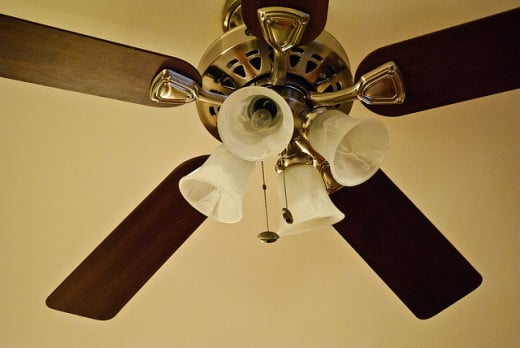
Adjust Your Ceiling Fans
I know this sounds strange, but your ceiling fans can be very useful in the winter if your particular fans have a switch that reverses the direction of the fan blades.
The switch is located on the motor of the fan, just above the blades, and when reversed will circulate air that is pooled near the ceiling, spreading the heat being pumped into your house back down on you and warming the entire house.
Heat rises, so you want to draw that warm air back down into the room. A tip to remember: A counterclockwise rotation of the blades produces a cool breeze for the summer, while a clockwise rotation circulates the warm air in the winter.
This little tip can cut your heating costs by as much as 10%, and saving money is always a good thing!
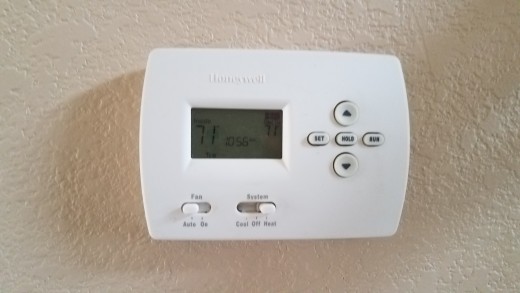
Test Your Thermostat
If you’re of the mind to lower your heating bills, look into getting a programmable thermostat. They are widely available at hardware or home stores for a very reasonable cost. If no one is home, it doesn’t make sense to keep the house toasty warm. But with a programmable thermostat, you can simply program that thermostat to automatically lower the temperature setting when you’re not at home, and then raise it again just before you come back.
For every degree you lower the thermostat you’ll save between 1% and 3% more on your heating bill. Along the same lines, if you’re into saving on your heating bill, you can also just wear a sweater. Not at all kidding, a lightweight, long-sleeved sweater is worth about 2 degrees in added warmth. A heavy sweater is worth closer to 4 degrees.
Even an ugly sweater will save you money on your heating bill because you won’t need the heat quite as much, so cozy up and start saving. Keep throws and blankets out for use in the evening when you’re watching TV or reading too. That will enable you to lower the thermostat a few degrees more. Everybody likes extra money, right?!
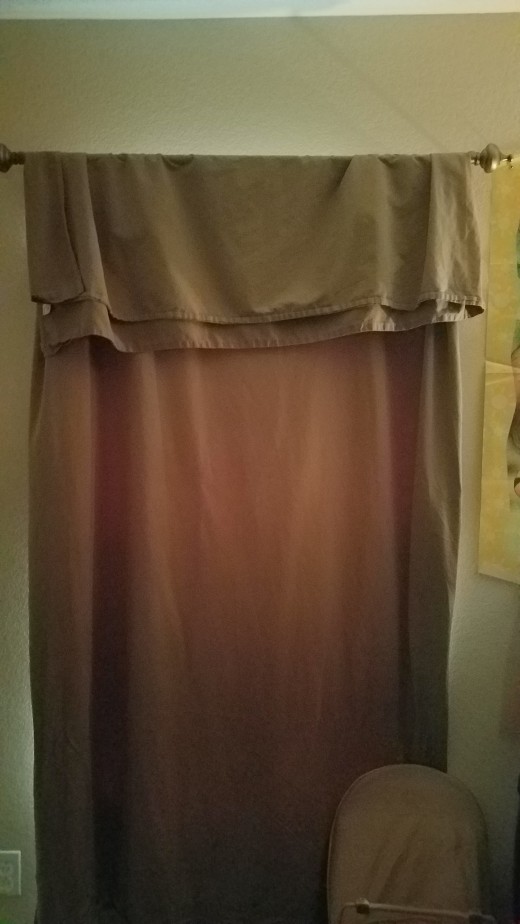
Install Blackout Curtains
Heavy duty curtains will make a heavy duty difference on your heating bill as well. Keep in mind that it’s going to get super cold outside, but even if the temperature is slightly colder outside, it will affect the temperature inside the house as well.
Heavy blackout curtains will block the cold that emits from windows keeping the heat inside the house and the cold outside. Keep them pulled closed at night, and when the sun is not shining.
If you have sun on the window during the day, feel free to open them up, get some fresh sunshine in the house, and take advantage of that heat. Just remember to close them again at night or when the sun goes away.
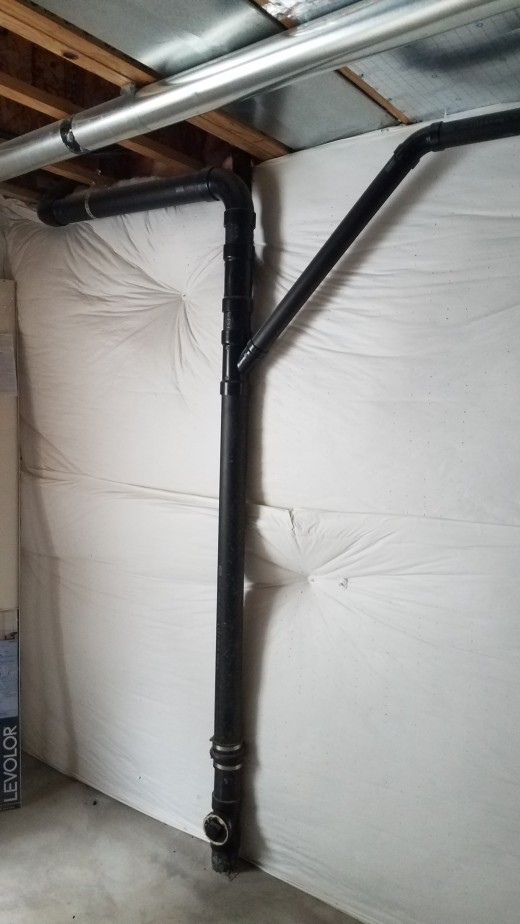
Protect Your Plumbing
Now let’s move outside for the rest of our tasks. Plumbing is a very important consideration when you’re winterizing your home. There’s no need for watering during the winter, so remove all hoses from their hose bibs, drain them, wrap them up, and store them away somewhere safe.
You should not have to do anything extra to protect your faucets. However, you should consider an insulated cover for the hose bib (wrapping towels around it) just as an extra precaution. If you have interior valves, the exterior faucets should be shut off from inside the house. (In this case, be sure to turn on the faucet outside to completely drain the water from the line.)
Make sure to insulate exposed water or drain pipes that are in crawlspaces, attics or outside walls with foam insulation and, even better, wrap them with electrical heating tape first. If you have an irrigation system, you should turn off the water supply and blow compressed air through the lines to purge them of water. This will prevent the lines from freezing and bursting.
While you’re in the process of protecting your pipes, consider using an insulation blanket (home improvement and hardware stores carry these) to wrap your hot water heater if it’s in the garage or outside. Also remember to drain any water fountains, unplug any outdoor pumps, and prepare them all for winter by covering them with blankets or an insulated cover like the one you used for your water heater.
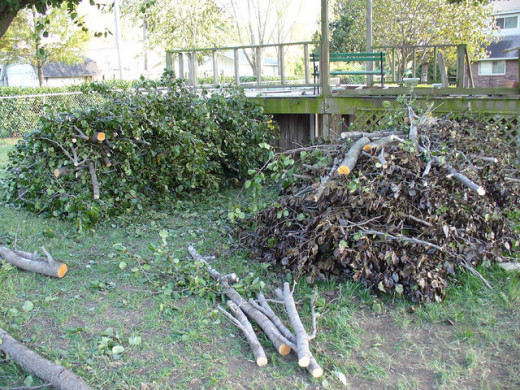
Clean Up Outside
The pipes, irrigation systems, and fountains aren’t the only items needing preparation for the winter outside your home.
Other exterior responsibilities should include making sure all of your gutters are free from leaves and debris, checking your roof for missing or damaged shingles (this can be done with binoculars – don’t climb up there unless you are employed as a trapeze artist), and checking the flashing around the chimney and other vents on the roof.
Trim any tree limbs that hang over or onto your roof. These limbs can become heavy with ice or snow, and as they break they can damage your roof, a window, or cause even more problems. Falling limbs often bring down power lines as well, and that can be challenging no matter how long it takes to get a crew out for repair.
Preparing for a Power Outage
One good tip to point out here is that if you live in an area that experiences regular power outages during storms or cold weather, you may want to put together a “72 hour kit” that can (hopefully) get you through the time you are without power until it is restored.
This kit should include enough non-perishable food (and a can-opener) and water to last approximately 72 hours, candles, flashlights, batteries, and a battery operated radio. Also include any other items that you know might make you and your family more comfortable in the event of an extended power outage. Put it in a safe and easily accessible place (not in a basement where it would be treacherous to try to get to if the power is off) and make sure everyone knows where it is.
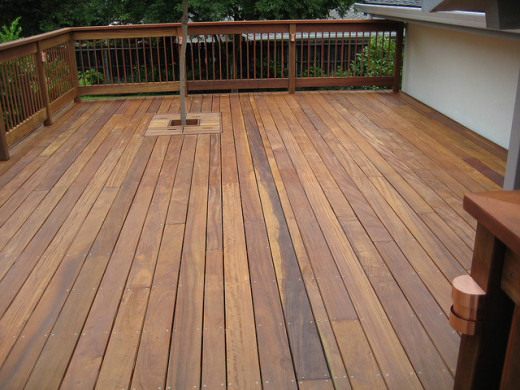
Prepare the Rest of Your Home for Hibernation
Cleaning Your Air Conditioner
You will want to clean all of the debris you’ve accumulated over the course of the year out of the fans of your air conditioner unit with a water hose, and cover the unit with a secured tarp. Leaves and debris (especially during the fall) can get lodged inside the compressor and that can make your life miserable next summer when you’ll need that system to cool your home again.
Protecting Your Deck and Patio
If your deck needs it, consider giving it a fresh coat of sealer before winter. It will likely be subjected to harsh treatment from the wind, possibly hail and snow, and cold temperatures that could destroy it during the winter.
As soon as all of the glorious weather has turned blustery and too cold to be outside, cover all of your patio furniture and your barbecue grill with weather resistant tarps. Make sure you secure them with cord or bungees so they don’t just blow away.
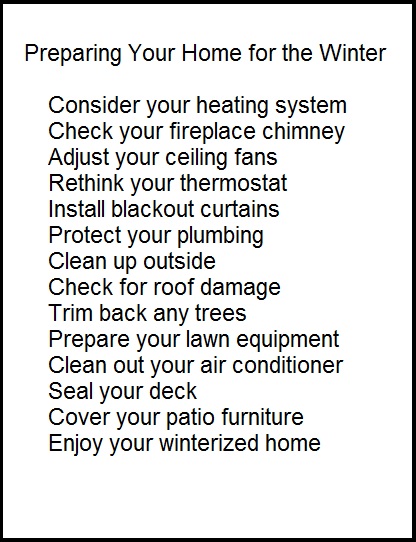
Handling a Few Extras
Also, drain the gas from your lawn mower or just let the mower run until it is out of gas. It’s not the freezing that’s the problem. It’s that it sits still for so long that it starts to gel, which makes it difficult to start again in the spring.
Another thing we do around here to get the season started is to light the fireplace pilot (we have an electric fireplace, you could always purchase/chop up firewood and get it ready), and start baking some warm pies.
So now your home should be ready for whatever kind of weather may come. This is the perfect time to pull out all of your blankets, layer the bed sheets, pull out your electric blanket for her side of the bed (haha), and stock up on hot chocolate and hot apple cider.
Planting Evergreens
One long term way to permanently save yourself some money on heating and cooling costs all year long is to plant evergreens near your home. Another thing we do around here to get the season started is to light the fireplace pilot (we have an electric fireplace, you could always purchase/chop up firewood and get it ready), and start baking some warm pies.
If you want to really save big, plant an evergreen windbreak along your property. You can save as much as a whopping 30% on your heating and cooling bills by preventing the cold wind from hitting your home at full blast, and by keeping the sun from baking your home in the summer.
After protecting your home from winter’s harshest elements, sit back by the fire with a cup of hot cocoa and relax. You can look forward to a comfortable and cozy winter ahead no matter if you have a blizzard, nor’easter, cyclone, European windstorm or a Russian purge coming your way.
Quick Poll
How helpful was this article?
© 2013 Victoria Van Ness

